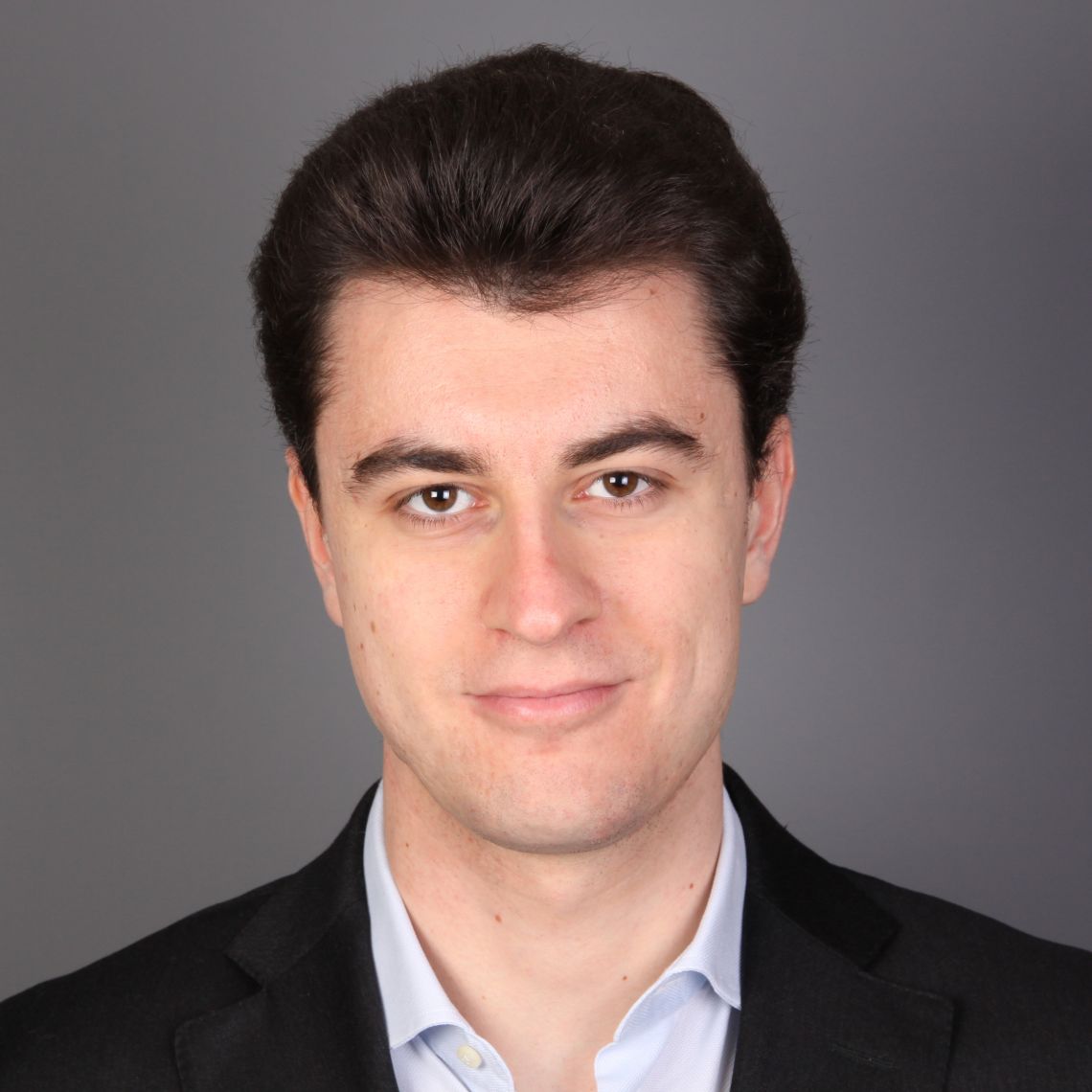
Contact information
Location
John Radcliffe Hospital, West Wing, Level 6, Headley Way, Headington, Oxford, OX3 9DU
DPHIL START DATE
4 October 2021
PROJECT TITLE
Design of a novel signal acquisition and processing technique for the control of upper limb prosthetics
SUPERVISORS
Giovanni Rolandino
BSc, Msc
DPhil student
I am a biomedical engineer currently pursuing a DPhil in the field of advanced prosthetics at the Nuffield Department of Surgical Sciences.
I obtained my BSc from Politecnico di Milano, with a final project about the design and manufacturing of a support apparatus for a vascular model of the aortic arch to regulate its compliance. During the third year of my BSc, I worked for three months at the Italian Institute of Technology in Genoa, where I had the opportunity to work on two advanced prosthetic projects.
After my BSc I went on to study for an MSc in Human and Biological Robotics at Imperial College London, which I obtained with distinction with a final project titled: “The Dynamical Entropy of Multidimensional Spatial Behaviour”, with the supervision of Professor Simon Schultz.
The objective of my DPhil is to research, as a member of Professor FitzGerald’s group, new strategies to improve control of multi-articulated, multi-functional prosthetic devices for the upper limb.
Research summary
The loss of functionality of a limb or of the hand is a widespread clinical issue and, while prosthetics and wearables that could restore or even enhance motor performance currently exist, it is not possible to achieve the objective of complete restoration because the techniques used to control such devices, that is algorithms to translate physiological signals to limb configurations, are neither as fast nor as accurate as natural control. It is therefore necessary to develop optimal strategies capable of matching, or exceeding, the performance of natural control.
The aim of my research, which fits in this pursuit of optimal control strategies, is to develop a new EMG-based control method for articulated arm and hand prosthetics that yields better results in terms of both speed of transmission and accuracy than the techniques proposed up to this moment.
The strategy I intend to adopt to achieve this result is to rely on a “Mutual Adaptation” approach between the patient and the algorithm used to control the device. The algorithm, thanks to a machine learning based approach, will optimise control by adapting to the way the patient is trying to control the device, thus making it possible to achieve optimal control and eventually allowing patients to perform complex tasks with multi-functional prosthetics.

